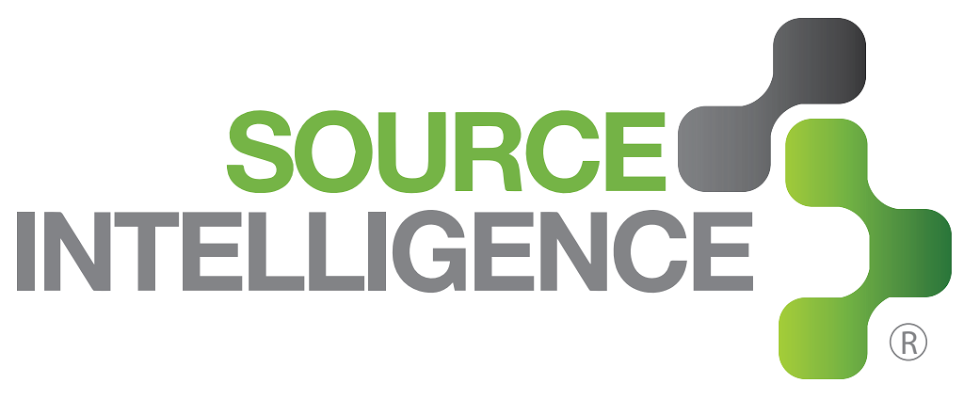OSHA’s Positive Effect on Working America
Picture this. It’s 1970. You lace up your work boots, fill up your thermos, scrape away..
Picture this. It’s 1970. You lace up your work boots, fill up your thermos, scrape away the snow collected on your windshield from the night before and head out to your job as an ironworker in the rust belt of the United States. It’s a mere 20 degrees when you arrive on site, an 18 story office building in the middle of town. There are many hazards that you encounter on a regular basis including the absence of barriers at high levels, hazardous materials and inadequate sanitation. Without a voice for change you press on without prejudice, doing your job to the best of your ability.
Fast forward 45 years to 2015. The United States’ Department of Labor has created the Occupational Safety and Health Administration (OSHA) with the authority to both set and enforce workplace health and safety violations. At every worksite, you encounter employees with hard hats and reflective vests, barriers to prevent falls, safety records and education and training on potential hazards. In passing the Occupational Safety and Health Act in 1970, Congress declared its intent “to assure so far as possible every working man and woman in the nation safe and healthful working conditions and to preserve our human resources.” According to OSHA records, workplace deaths have decrease dramatically from 18 deaths for every 100,000 in 1970 to 3.3 in 2014.
Just 2,200 inspectors at OSHA oversee the health and safety of over 130 million workers at over 8 million worksites around the nation- that’s about one compliance officer for every 59,000 workers. So, it is important for OSHA inspectors to be as thorough and stringent as possible in their 84,000+ annual inspections.
Although inspections can be perceived as negative, we have to remember the progress OSHA has made for human health and safety in the workplace. A 2011 business study conducted by University of California and Harvard University confirms that OSHA’s inspections not only prevent workers from getting hurt on the job, they also save billions for employers through reduced workers’ compensation each year. To better prepare you, OSHA Fact Sheet shares the following information on what to expect from an onsite inspection.
Preparation- Before conducting an inspection, OSHA compliance officers research the inspection history of a worksite using various data sources, review the operations and processes in use and the standards most likely to apply. They gather appropriate personal protective equipment and testing instruments to measure potential hazards.
Presentation of credentials- The onsite inspection begins with the presentation of the compliance officer’s credentials, which include both a photograph and a serial number.
Opening Conference- The compliance officer will explain why OSHA selected the workplace for inspection and describe the scope of the inspection walk around procedures, employee representation and employee interviews. The employer then selects a representative to accompany the compliance officer during the inspection. An authorized representative of the employees, if any, also has the right to go along. In any case, the compliance officer will consult privately with a reasonable number of employees during the inspection.
Walkaround- Following the opening conference, the compliance officer and the representatives will walk through the portions of the workplace covered by the inspection, inspecting for hazards that could lead to employee injury or illness. The compliance officer will also review worksite injury and illness records and posting of the official OSHA poster. During the walkaround, compliance officers may point out some apparent violations that can be corrected immediately. While the law requires that these hazards must still be cited, prompt correction is a sign of good faith on the part of the employer. Compliance officers try to minimize work interruptions during the inspection and will keep confidential any trade secrets they observe.
Closing Conference- After the walkaround, the compliance officer holds a closing conference with the employer and the employee representatives to discuss the findings. The compliance officer discusses possible courses of action an employer may take following an inspection, which could include an informal conference with OSHA or contesting citations and proposed penalties. The compliance officer also discusses consultation and employee rights.
OSHA’s inspections are one part of regulatory requirements you will need to follow for compliance. Source Intelligence’s EH&S experts have comprehensive field experience and technical knowledge in EH&S compliance and sustainability information management. We combine practical, problem-solving approaches with innovative technology to navigate you through the complex environmental and regulatory processes like an inspection. For a “status check” on your organization’s EHS program, sign up for a complimentary assessment click here.

